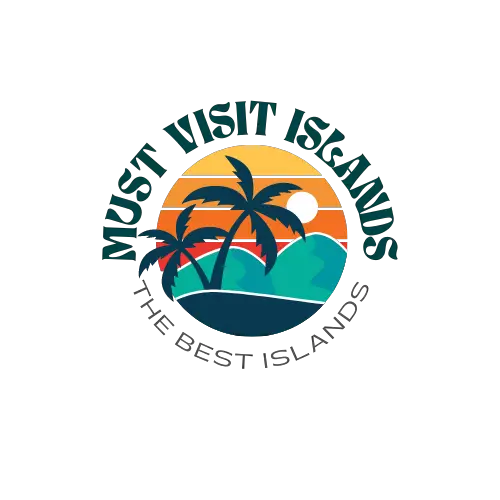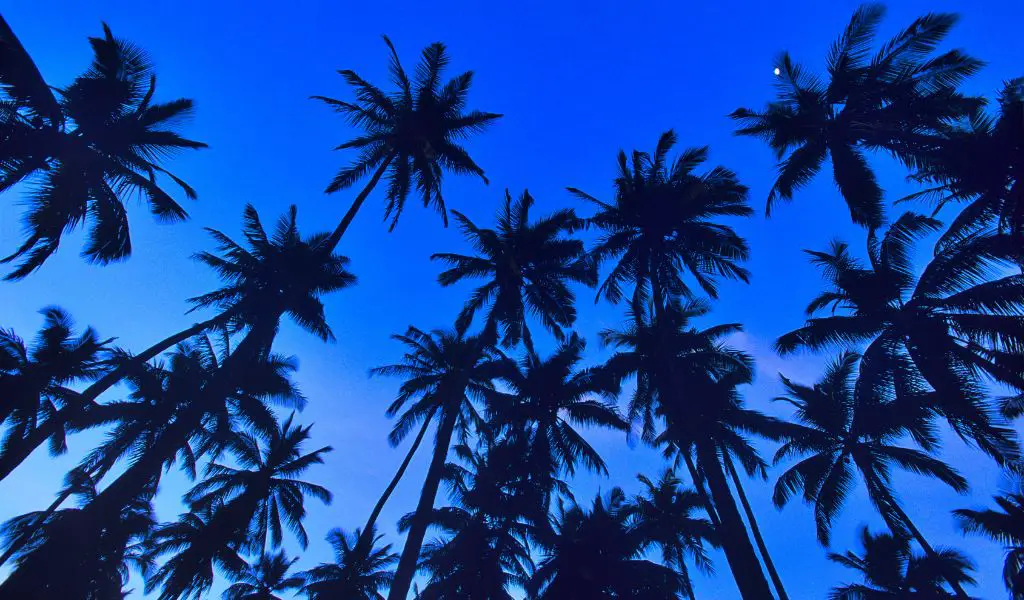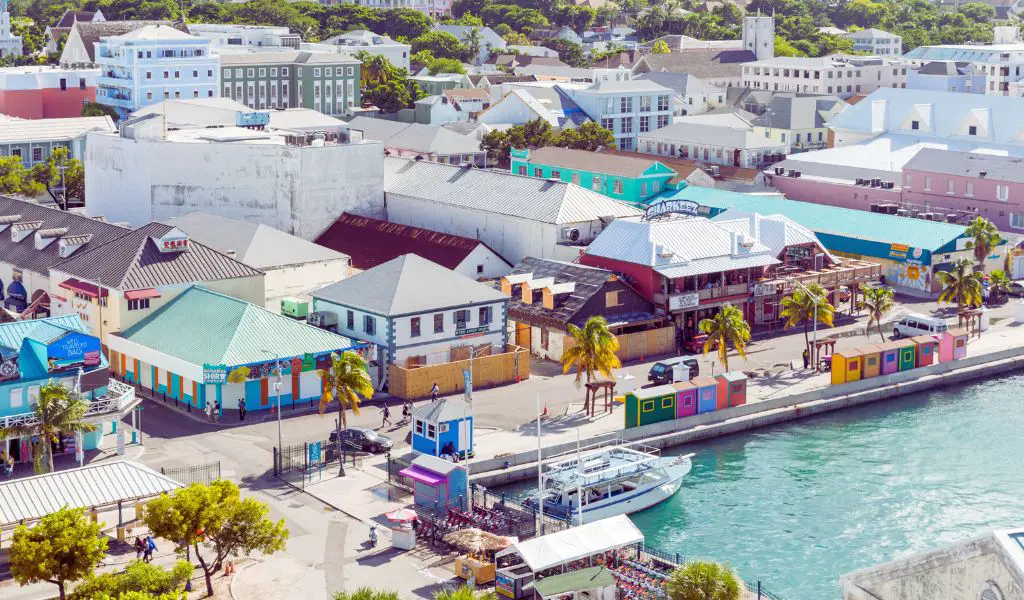Molokai, often referred to as the “Friendly Isle,” stands out as a unique gem in the Hawaiian archipelago. Unlike its more commercialized siblings, Molokai remains true to its roots, offering visitors an authentic Hawaiian experience. With its pristine landscapes, rich history, and deep cultural ties, Molokai is the perfect destination for those seeking a genuine connection to the spirit of Hawaii.
Geography
Geographically, Molokai is the fifth largest of the Hawaiian Islands.
Its northern coast boasts the world’s highest sea cliffs, which plunge dramatically into the deep blue Pacific.
These cliffs shelter hidden valleys and waterfalls, creating a landscape that seems almost untouched by time.
To the south, the island is home to Hawaii’s most extensive coral reef system, a haven for marine life and a delight for snorkelers and divers.
History
Historically, Molokai has been a place of refuge. In ancient times, it was a sanctuary for defeated warriors.
In more recent history, the Kalaupapa Peninsula on the northern coast became a place of solace for those suffering from Hansen’s disease (leprosy).
Today, the peninsula stands as a National Historical Park, a testament to the resilience and spirit of its former residents.
Activities
For visitors, Molokai offers a range of activities that are deeply rooted in the island’s culture and traditions.
From participating in traditional Hawaiian hula dances to embarking on mule rides down the steep cliffs of Kalaupapa, the island promises experiences that are both unique and memorable.
Population
Molokai has a population of around 7,500 residents, with the majority living in the central town of Kaunakakai.
When to Go
The ideal times to visit Molokai are between November and April, during the dry season, ensuring pleasant weather and optimal conditions for outdoor activities.
How to Get There
Molokai Airport (MKK) in Ho’olehua is the primary entry point, with flights connecting from Honolulu and other major Hawaiian islands.
Highlights
Kalaupapa National Historical Park: A poignant reminder of the island’s history with Hansen’s disease and the resilience of its residents.
Papohaku Beach: One of Hawaii’s largest white-sand beaches, offering tranquility and stunning sunsets.
Halawa Valley: A lush, ancient valley with cultural significance and beautiful vistas.
Kaunakakai: The island’s main town, where visitors can experience local life, markets, and traditional Hawaiian music.
What You Should Know
Currency: U.S. Dollar (USD).
Language: English and Hawaiian.
Safety: Molokai is generally safe, but visitors should always be cautious when engaging in water activities due to potential strong currents.
FAQs about Molokai
Is Molokai suitable for luxury travelers?
Molokai offers a more rustic and authentic experience compared to other Hawaiian islands. While there are comfortable accommodations, it may not cater to luxury-seeking travelers in the same way as Maui or Oahu.
Can I visit Kalaupapa National Historical Park?
Yes, but visits are regulated, and you’ll need to join a guided tour to access the park due to its sensitive history.
Are there car rental services on Molokai?
Yes, there are car rental services available, primarily at the Molokai Airport. It’s advisable to book in advance, especially during peak seasons.




